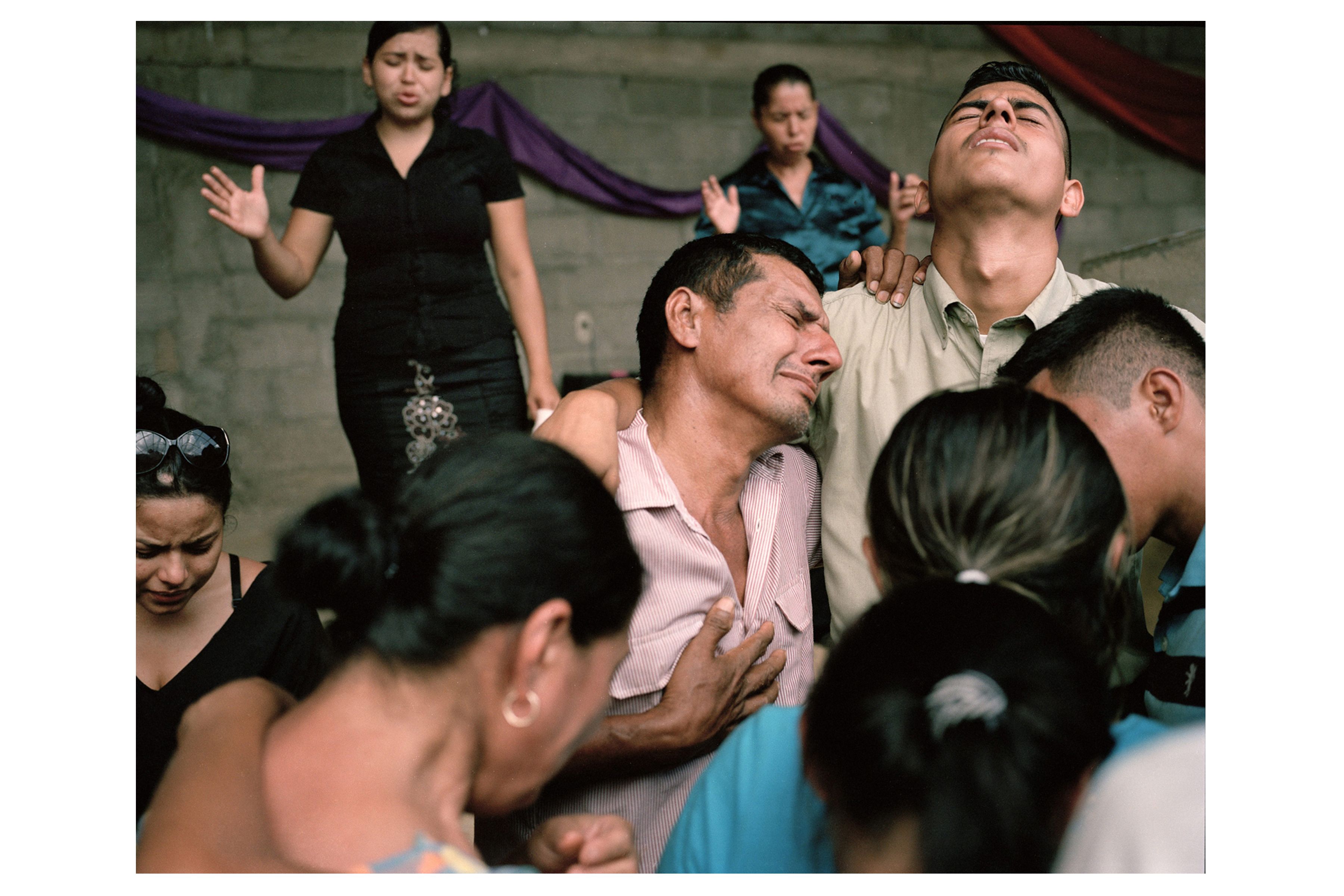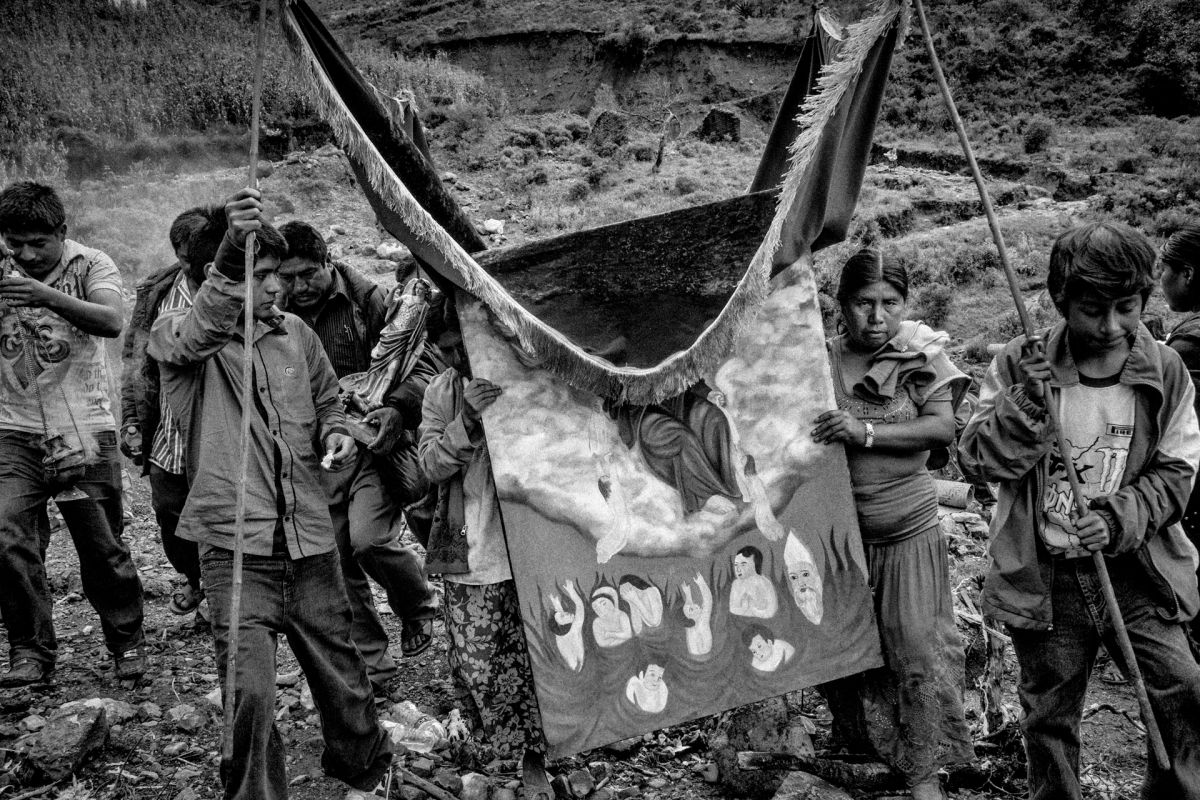Essential Questions:
- How does each journalist address the issues of violence and poverty in Honduras, Guatemala and Mexico, respectively?
- What might be the journalists’ and their editors’ purpose for publishing this work as primarily visual media?
- Why is it important to understand the root causes of massive population shifts?
Introducing the Lesson:
In this lesson we will look at three reporting projects: Dominic Bracco and Jeremy Relph on violence in Honduras; Carlos Javier Ortiz on violence in Guatemala; and Matt Black on 43 abducted students in Iguala, Guerrero, Mexico.
People migrate across international borders for many reasons, but chronic poverty, political corruption and instability, few economic prospects, and systemic violence in parts of Central America and Mexico have forced thousands of their citizens north to the United States in recent years.
According to the New York Times, American immigration authorities along the southern border have detained more than 233,000 non-Mexican migrants, mostly from Central America, since October 2013. Since 1990, the number of Central American immigrants in the United States has nearly tripled, according to the Migration Policy Institute.* But MPI also reported in 2013 that over the past five decades, Mexicans have constituted the single largest group of immigrants to the United States originating from Latin America.
*The Migration Policy Institute is “an independent, nonpartisan, nonprofit think tank in Washington, DC dedicated to analysis of the movement of people worldwide.”
Conclusion:
You’re either on the staff of a state government official for a U.S. southern border state or the staff of a Congressman/woman from one of these states. Using the resources from this lesson that resonated with you the most strongly -- photos, video and/or text -- craft an informational multimedia package giving your boss the background information he or she will need to vote on sound U.S. immigration policies for Central American and Mexican migrants. What is a policy that makes sense to you? Explain it to your boss, and explain your rationale, using resources from the lesson.
CCSS.ELA-LITERACY.RH.11-12.7
Integrate and evaluate multiple sources of information presented in diverse formats and media (e.g., visually, quantitatively, as well as in words) in order to address a question or solve a problem.
Objective:
Using evidence from multiple texts in multiple formats, students will be able to address the question “How do you think the United States should respond to migrants fleeing systemic violence and poverty in their home countries?”
Note: All three of these projects contain some graphic images.







